If you're one of those who worry about your iPhone's display, you probably protect it in some way. There are several options. Only a cover that extends beyond its edge may be enough, you can also stick foil or even tempered glass on the iPhone display. However, it is true that foils, even if you can still get them, tend to give way in favor of glasses.
Before the iPhone, we mainly used TFT resistive touch screens for smart devices, which worked differently than today's. Most often, you control yourself with a stylus, but you also managed it with your fingernail, but it was much more difficult with the tip of your finger. It depended on accuracy here, because the upper layer had to be "dented". If you wanted to protect such a display and stuck glass on it (if you could get it at that time), it would be difficult to control the phone through it. Protective foils were thus very popular. But as soon as everything changed with the arrival of the iPhone, even accessory manufacturers responded. They gradually began to supply better and better quality tempered glass, which has many benefits compared to films. Of course, this is mainly about durability, but also a longer life (if we are not talking about possible damage to them).
Foil
The protective film has the advantage that it sits well on the display, protects it from edge to edge, is really thin and compatible with practically all cases. Manufacturers also add various filters to them. Their price is then usually lower than in the case of glasses. But on the other hand, it provides minimal screen protection. It practically only protects against scratches. Because it is then soft, as it scratches itself, it becomes increasingly unsightly. It also tends to turn yellow over time.
It could be interest you
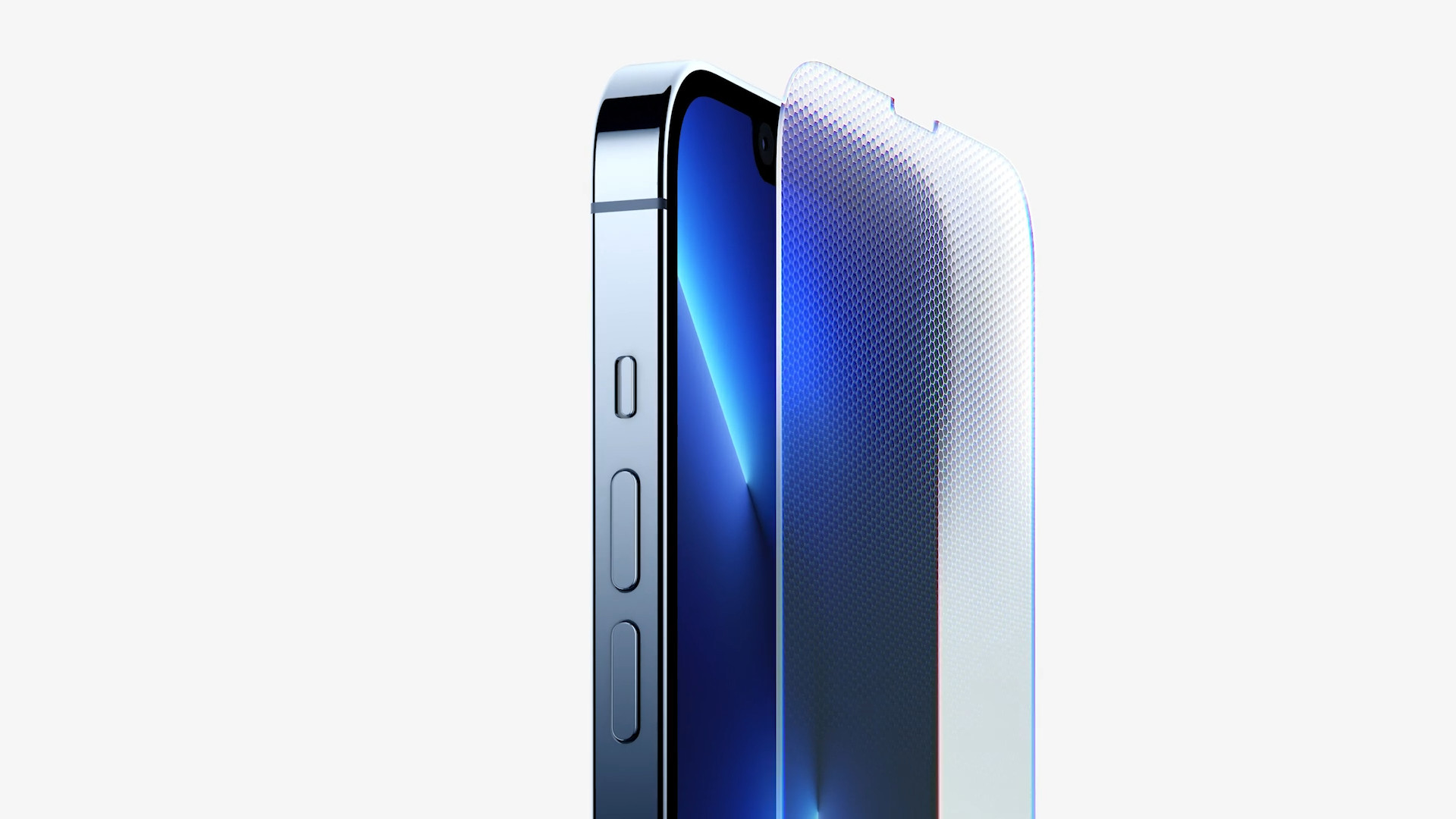
Hardened glass
Tempered glass better resists not only scratches, but its purpose is primarily to protect the display from damage when the device falls. And that is its main advantage. If you go for the high-quality one, at first glance it won't even be visible that you have any glass on the device. At the same time, fingerprints are less visible on it. The disadvantage is their higher weight, thickness and price. If you go for a cheap one, it may not fit well, it will catch dirt at its edges and gradually peel off, so you will have unsightly air bubbles between the display and the glass.
Positives and negatives of both solutions
In general, it can be said that at least some protection is better than none. But it depends on whether you are willing to accept that more or less every solution entails compromises. This is primarily a deterioration of the user experience. Cheap solutions are not as pleasant to the touch, and at the same time, the display can be harder to read in direct sunlight. The second factor is appearance. Most solutions have different cut-outs or cut-outs due to the True Depth camera and its sensors. Due to the thickness of the glass, you may not like the surface button that is even more recessed, which will make it harder to use.
You should also choose a protective solution based on the price of your device and not try to save money on it. If you stick glass from Aliexpress for CZK 20 on an iPhone for 20, you can't expect miracles. Also, keep in mind that with the iPhone 12 generation, Apple introduced its Ceramic Shield glass, which it says is stronger than any glass on a smartphone. But we certainly don't want to try what really lasts. So whether you really need to protect it is up to you.
 Adam Kos
Adam Kos 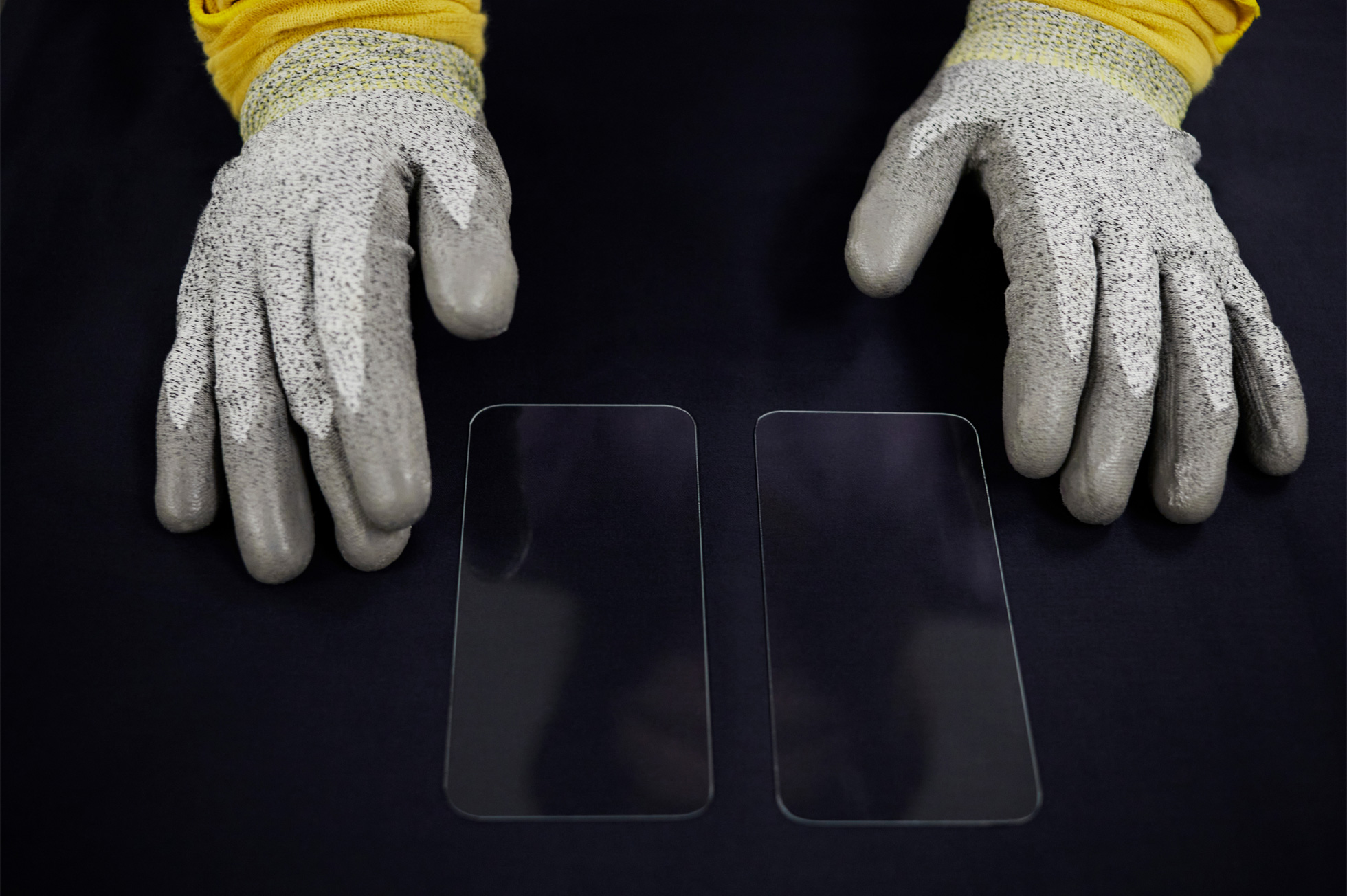
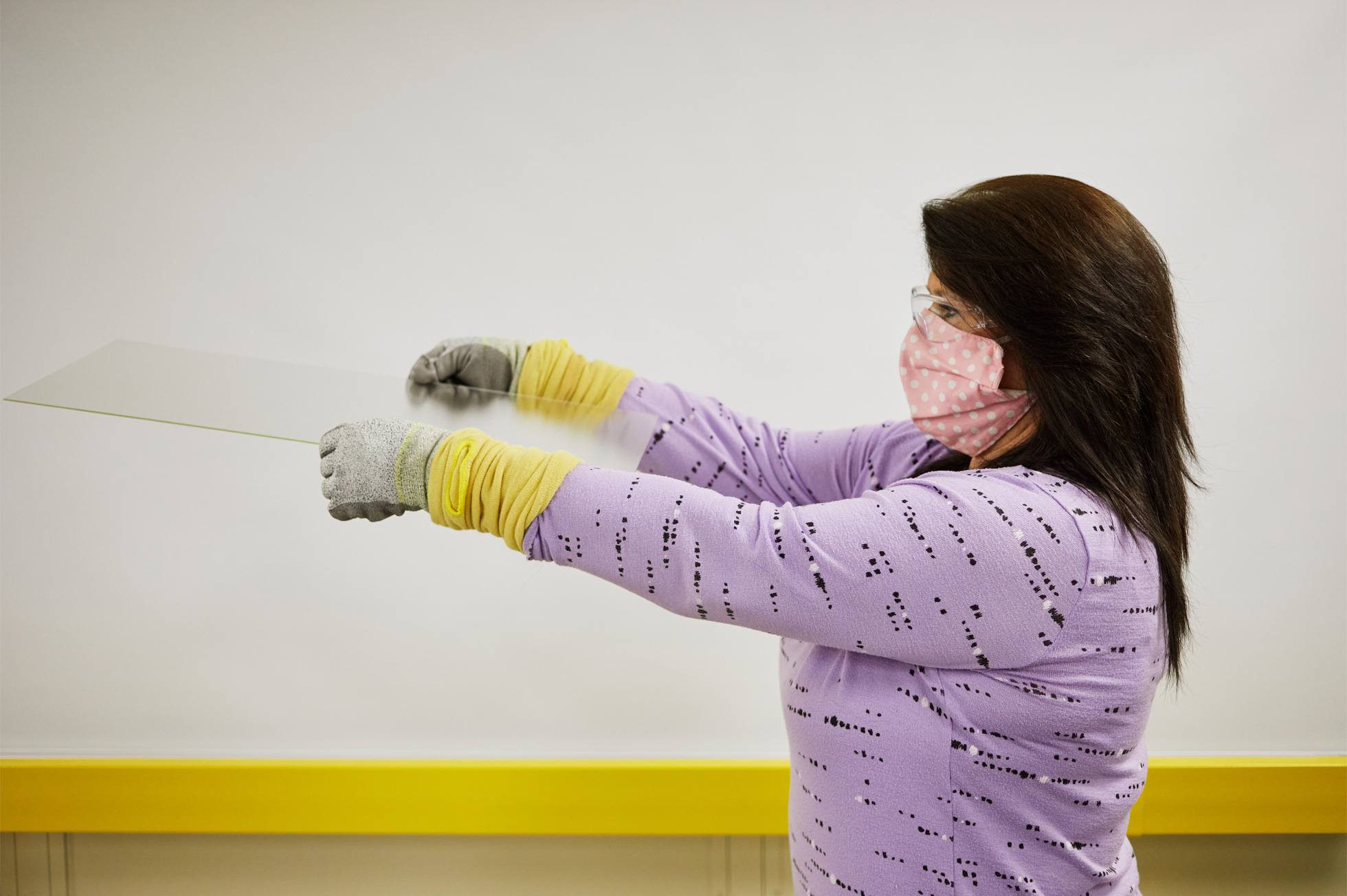
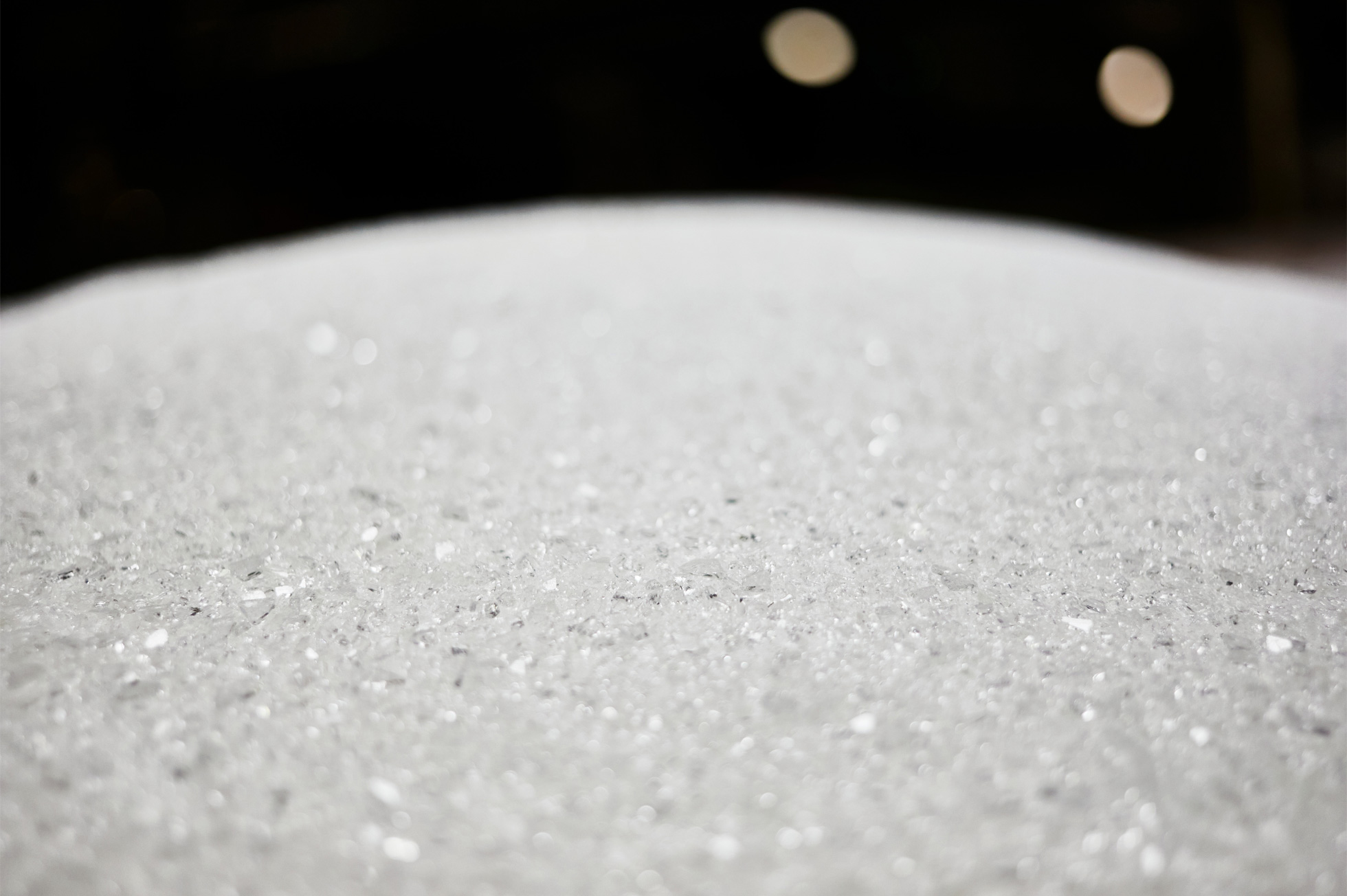

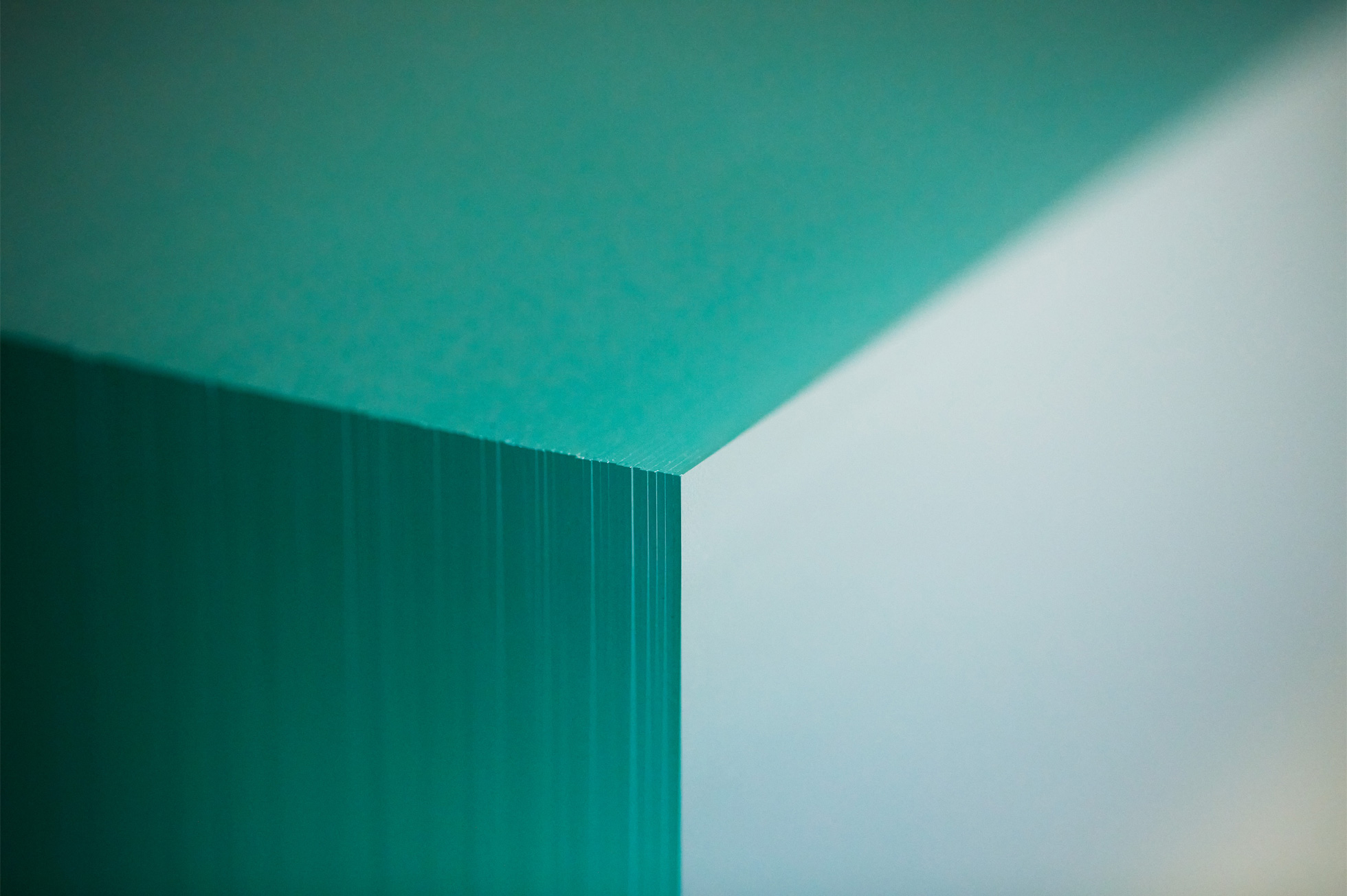

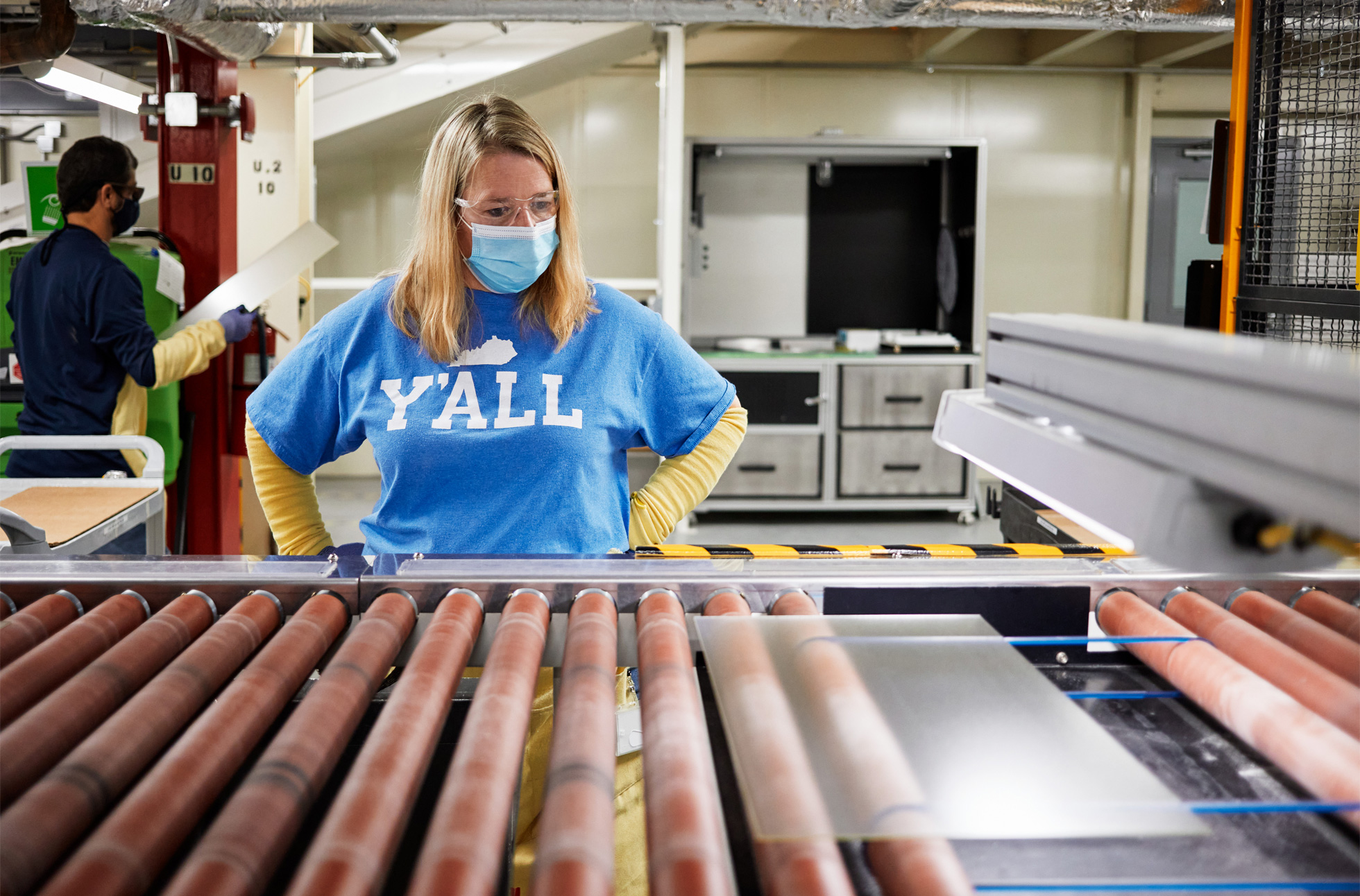
Foils are really a thing of the past, although we can still find "high-quality and durable" foils on the market, but exactly as you write, they turn yellow over time, scratch easily, user comfort is impaired, because the finger doesn't even "slip" on the shiny ones. The only reason why sometimes someone still wants them is either the price or the matte finish - but it's disgusting at high resolution. The world is changing, and resistive displays can only be found in cars and book readers... capacitive displays are basically everything else.